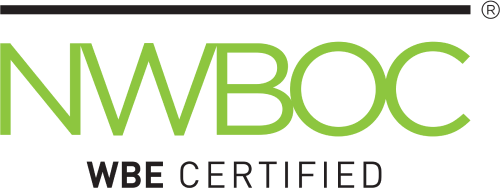Case study: Financial services
Technology adoption helps financial institution reduce risk and improve efficiency

Table of contents
A national financial institution was undergoing a large digital business transformation. The transformation focused on evolving ways of working to streamline processes, reduce risk and fraud, and improve oversight and compliance. As part of this initiative, the institution developed a new system for digitizing business documents and adapted its workflows. Eagle Hill designed and implemented a technology adoption program to help users understand the effort and successfully adopt the new technology and processes.

Goal
Develop a technology adoption program to promote understanding, buy-in, and long-term adoption of the new technology system and processes. Tailor training, resources, and communications for different user groups across four releases of the new tool.
Unconventional consulting—and breakthrough results

of users understood the benefits of the new system

of users understood how the new system would impact their role

of users felt prepared to use the new system
The challenge: Lack of data transparency
The workforce had a complex method of exchanging business documents with customers, leaving room for error and a lack of transparency. Rather than using a digital system, employees were manually emailing documents back and forth—reducing efficiency and resulting in mistakes. Leaders knew that digitizing the documents would be a game changer—if end users could independently use the new technology.
The roadmap to technology adoption success
From day one of our partnership with the organization, we knew that for employees to successfully adopt the new tool, they needed to understand the “why” behind it. This is why we helped leaders align around a change story that explained the purpose, benefits, and the desired future state. Collaborating on a clear vision helped leaders easily articulate the benefits of the technology to their employees.
Once we had the story, we empowered project sponsors and business leaders to tell it by preparing talking points and conducting dry runs to incorporate their own voices. It was a top-down approach of cascading clear change messages across the organization. Each element of the technology adoption program aligned to one clear vision.

To develop the technology adoption program, we:
Analyzed the impact of the new technology on different user groups. We compared current business processes to the future state with the new technology. Understanding the gaps for different user groups enabled us to tailor approaches to their unique needs.
Created four cross-functional change management plans. We partnered with business, product, and development teams to create multiple plans that aligned with the timelines for each release. Our change management plans included governance updates, user acceptance testing and demos, live training, training materials, and communications.
Notably, this was the first time the institution embedded change managers in their product teams. Our work together reflected important fundamentals of successful technology adoption. We:

Focused on the context of change. We explained the “what” and “why” behind change with live, scenario-based training grounded in business processes and realistic use cases. Instead of simply showing end users the tool’s features, we explained why they mattered.

Built strong relationships with cross-functional collaborators. We validated plans with business members, development team members, product managers, compliance personnel, internal legal counsel, communications staff, and training coordinators and collaboratively executed them.

Assessed change readiness regularly. We conducted user surveys to assess how ready different user groups were for the new tool. The team identified prevailing trends and issues and adjusted change management strategies as necessary.

Delivered repeatable processes and tools. To seamlessly transfer our knowledge to the internal team, we developed repeatable change management tools, processes, and templates.
Digitizing business documents has reduced risk exposure and improved day-to-day efficiency and accuracy for employees and customers. In fact, the team’s change story has been recognized as a model for the institution’s digital portfolio, showcasing the success of the technology adoption program.

